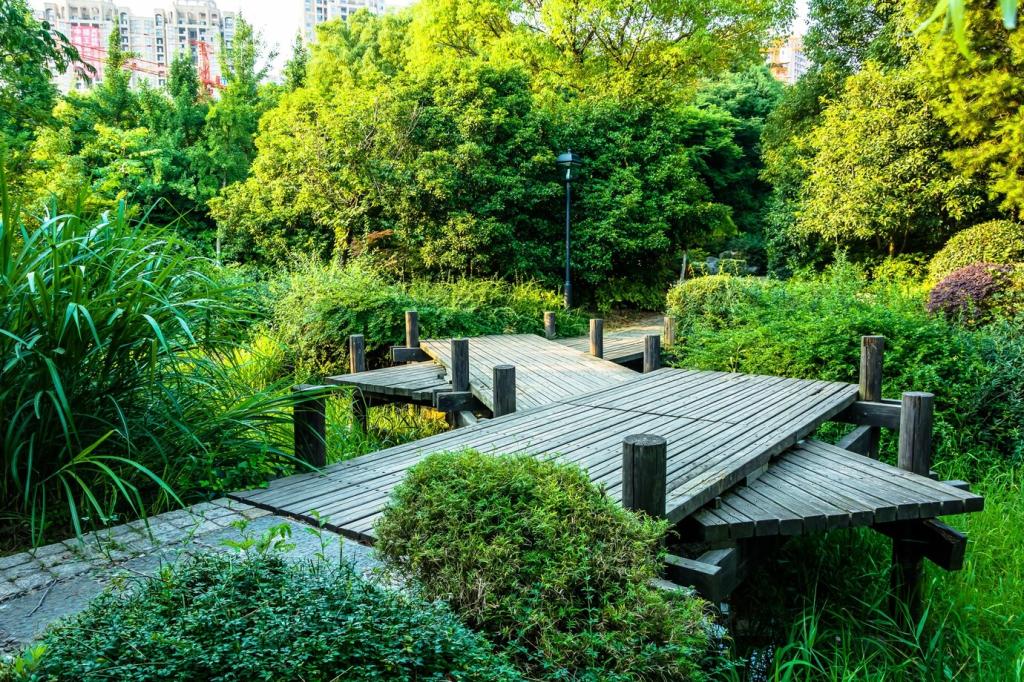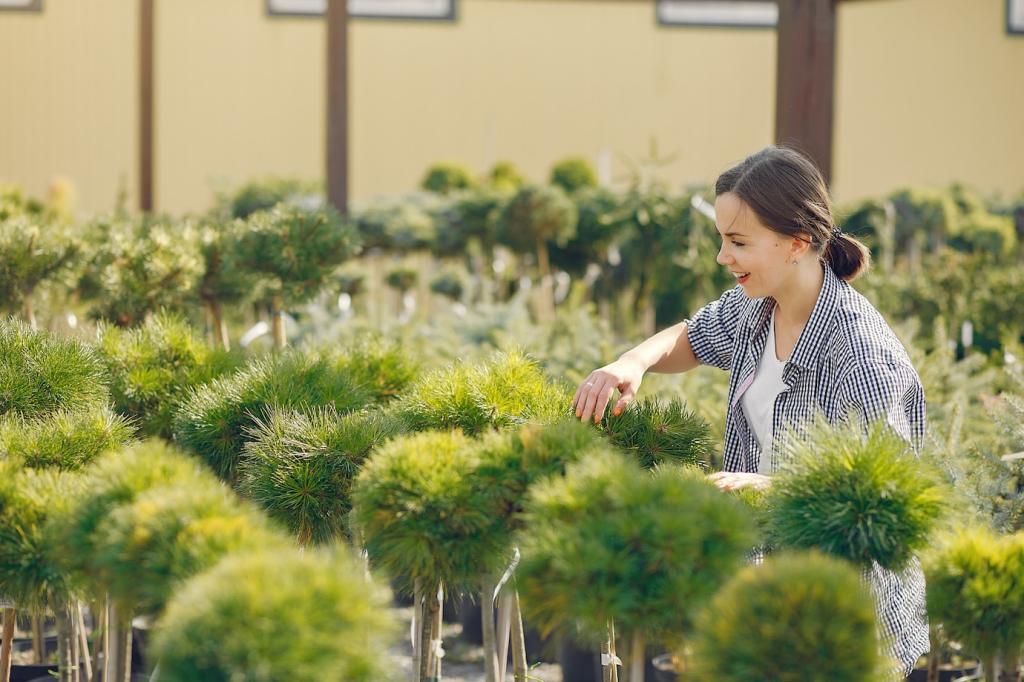
Reducing Carbon Footprint in Landscape Design
Chosen theme: Reducing Carbon Footprint in Landscape Design. Welcome to a practical, hopeful guide for creating outdoor spaces that store more carbon than they spend. Follow along, subscribe for fresh ideas, and share your own climate-smart garden wins.
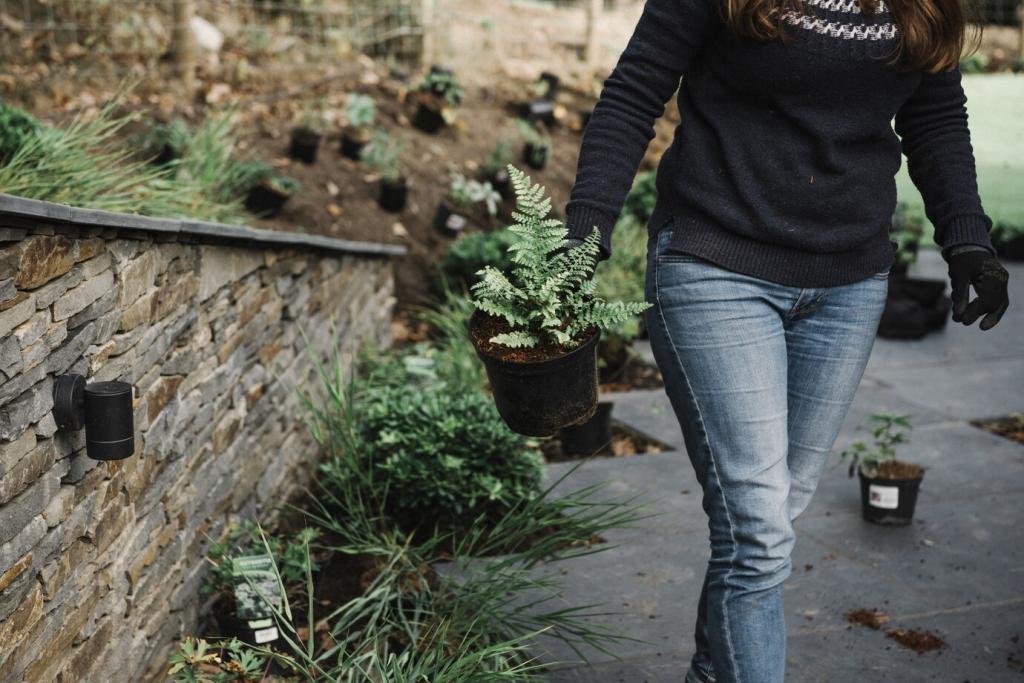
Why Carbon-Smart Landscapes Matter
Landscape emissions often hide in plain sight: concrete footings, long-haul stone, steel edging, synthetic fertilizers, and even soil disturbance. Start by listing what you already have and what you truly need. An honest inventory reveals easy wins and prevents unnecessary, carbon-heavy purchases.
Designing With Carbon in Mind: Site, Soil, and Shape
Respect the carbon you already have
Mature trees, healthy soil horizons, and established shrubs represent carbon that took years to build. Protect root zones, minimize excavation, and adjust plans to preserve canopy. Pledge in the comments to save at least one existing tree during your next project, and inspire others to do the same.
Soil as a carbon bank
Soil stores carbon best when rich in organic matter and minimally disturbed. Feed it with compost and leaf mulch, avoid peat-based products, and consider biochar where appropriate. Test your soil, track improvements, and share results so readers can learn which practices deliver reliable gains.
Shapes that save energy
Thoughtful planting can shade summer sun, slow winter winds, and shield entrances. Deciduous trees on the west, evergreens as windbreaks, and trellised vines near hot walls reduce heating and cooling loads. Post your microclimate map and favorite shade strategies to help others refine their layouts.
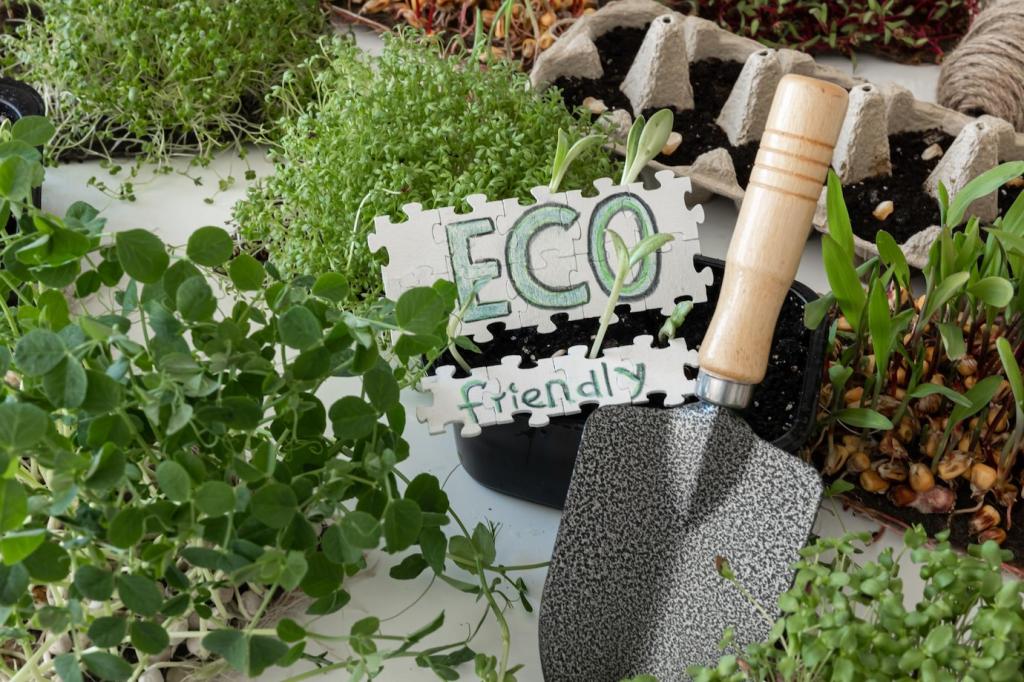
Low-Carbon Materials and Hardscape Choices
If you must use concrete, specify mixes with supplementary cementitious materials, reduce thickness where safe, and favor permeable options. Design for longevity and easy repair. Request environmental product data, and tell us how your contractor responded—your experience helps push the industry forward.
Low-Carbon Materials and Hardscape Choices
Reclaimed brick, salvaged pavers, and locally quarried stone cut transport emissions and add character. Design modular layouts that accept mixed dimensions, reducing waste. Share photos of your favorite salvage finds; we love featuring creative, low-carbon hardscapes that look better with every season.
Water, Irrigation, and Carbon
Harvest the free water first
Cisterns, barrels, bioswales, and rain gardens slow and store stormwater, reducing pumping and runoff. Gravity-fed drip lines can irrigate beds without a motor. A neighbor who tried this watched their pump run less and their soil stay cooler—share your own rain-harvest results and lessons learned.
Smart irrigation, fewer kilowatts
Weather-based controllers and soil-moisture sensors time watering to actual need, not habit. Group plants by water demand and prioritize drip over spray to cut evaporation. Post your before-and-after water bills or runtime logs so others can see real-world savings and tweak their systems.
Rethinking the lawn
Turf demands mowing, fuel, fertilizer, and irrigation. Replace portions with native groundcovers, meadow plantings, or no-mow fescues to lower your footprint. Share a photo of your lawn reduction project and tell us what neighbors said—changing norms often starts with one visible patch.
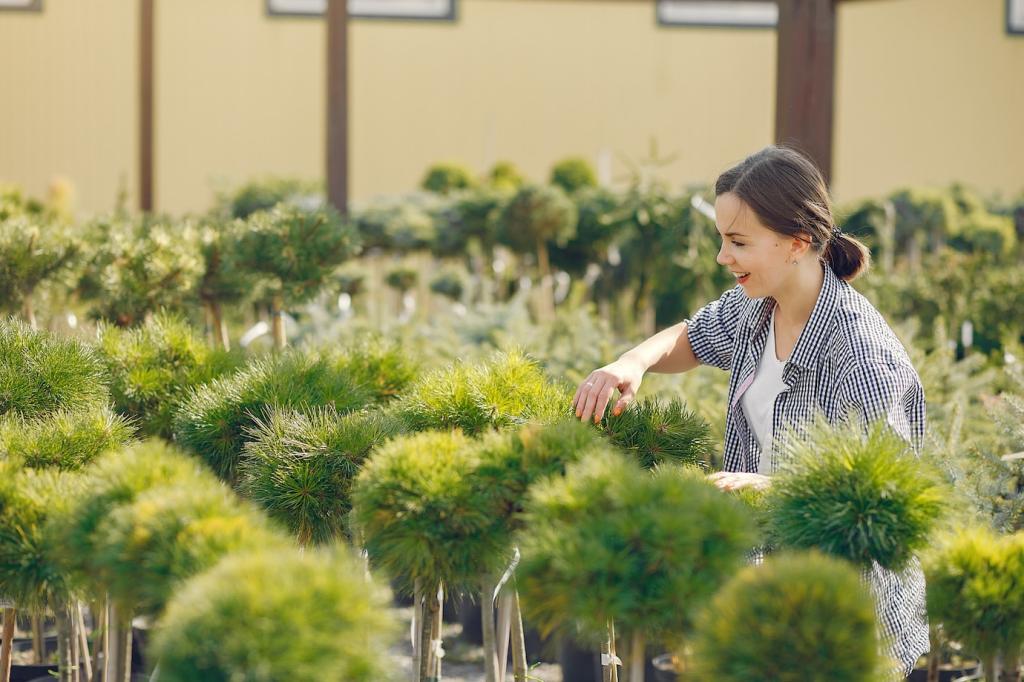
An electric toolkit that actually works
Modern battery mowers, trimmers, and blowers handle most residential tasks. Keep multiple batteries, rotate charging off-peak, and store tools clean for longer life. If you’ve hired a low-noise, electric crew, recommend them below—community referrals accelerate change across entire neighborhoods.
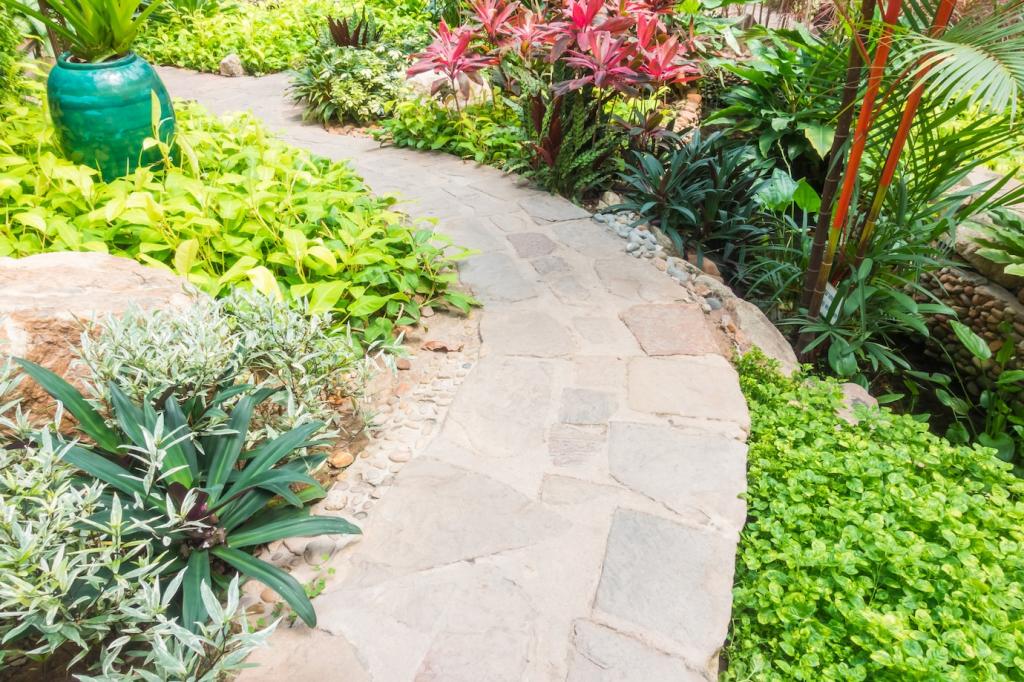
Fertility with a lighter footprint
Over-fertilizing wastes money and releases unnecessary emissions. Mulch-mow clippings, top-dress with compost, and follow soil-test recommendations. Slow-release, organic sources reduce runoff and peak nitrous oxide bursts. Share your soil test surprises and the one amendment that made the clearest difference.

